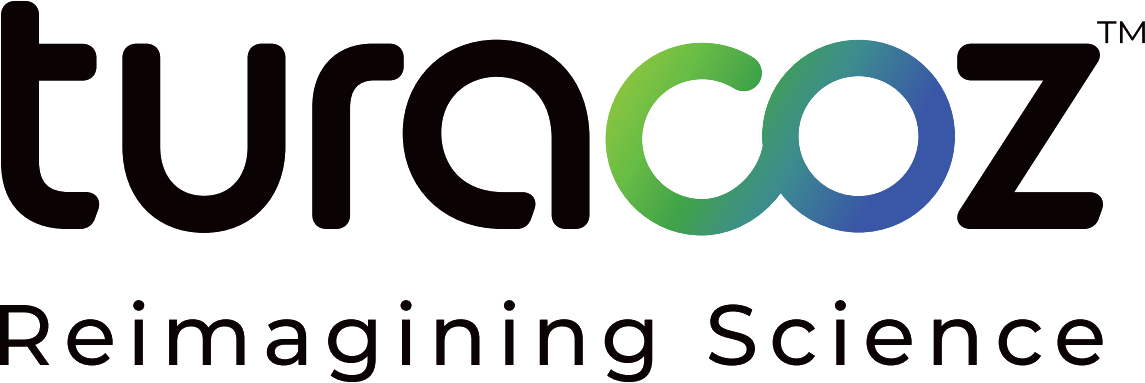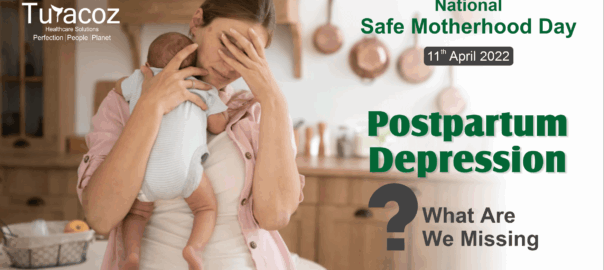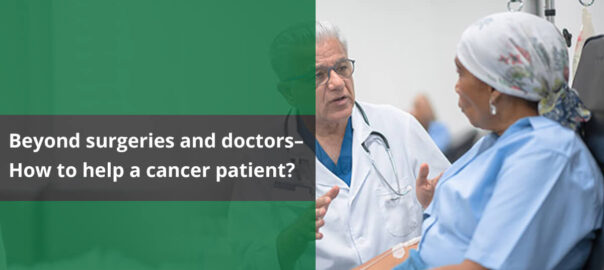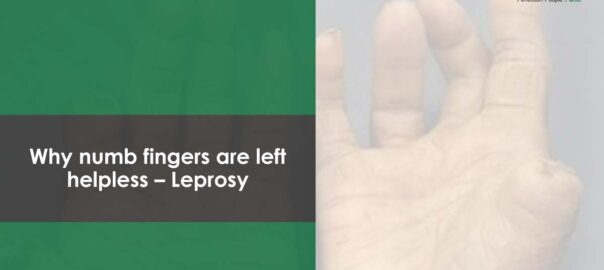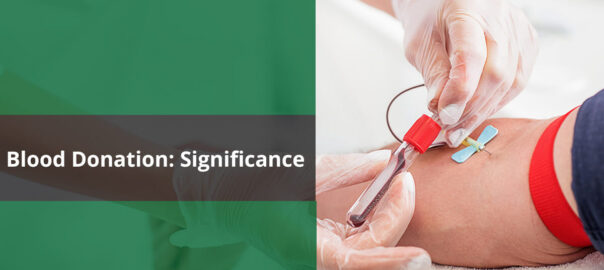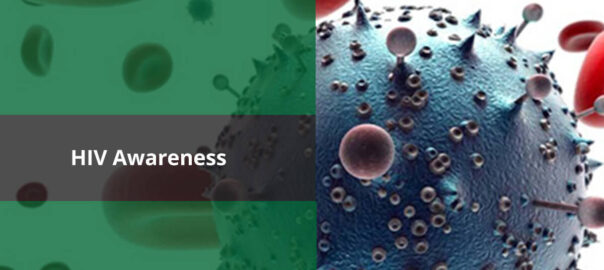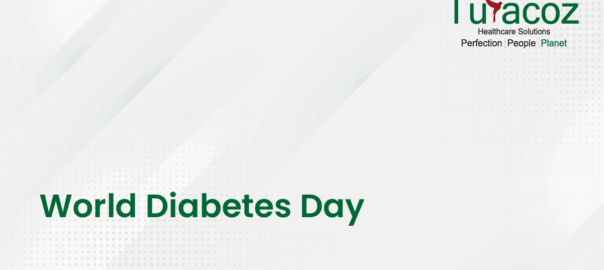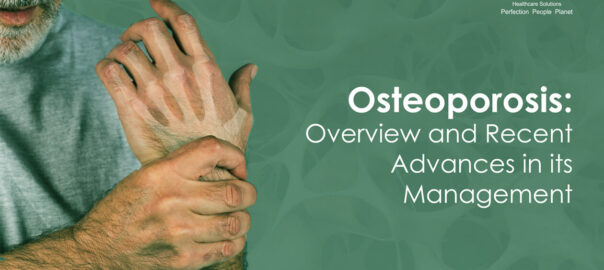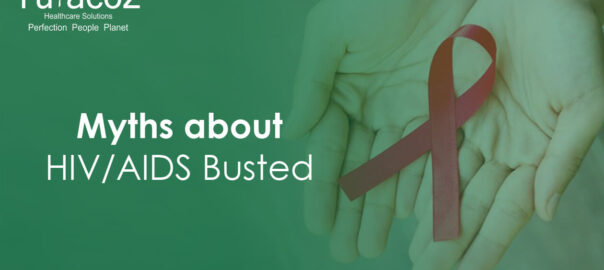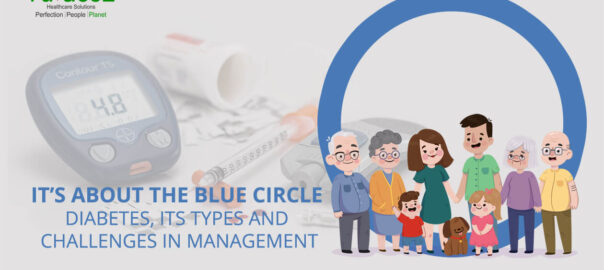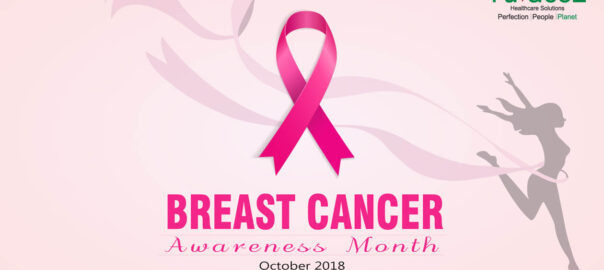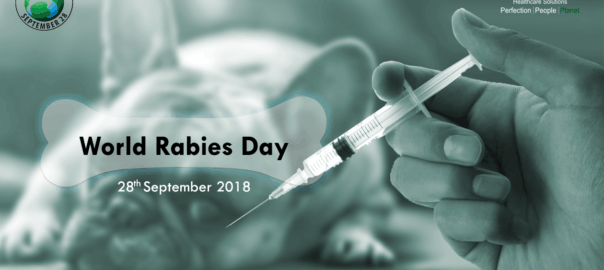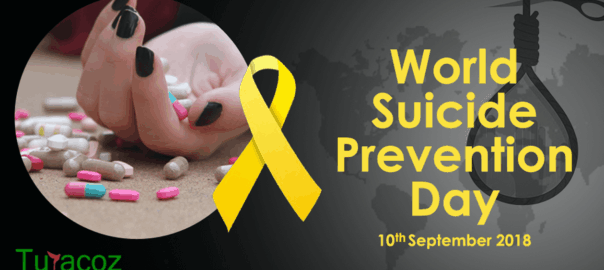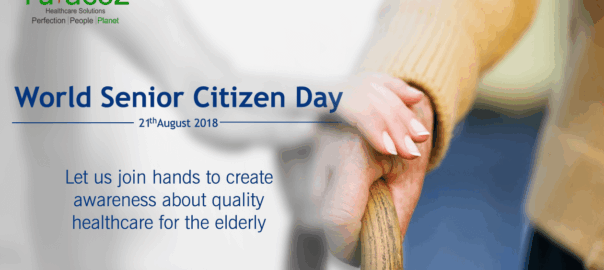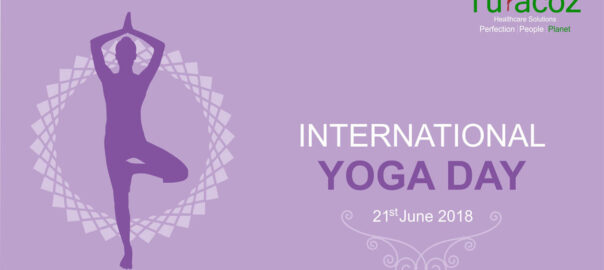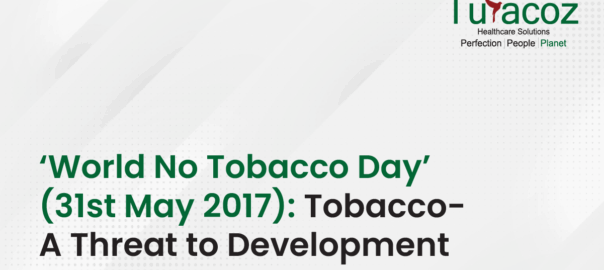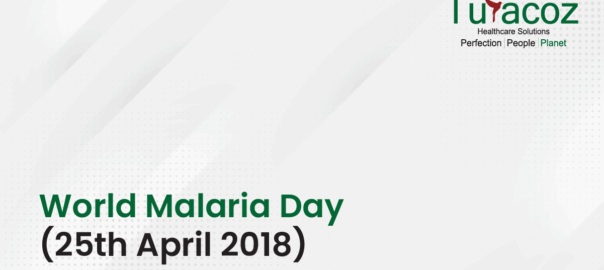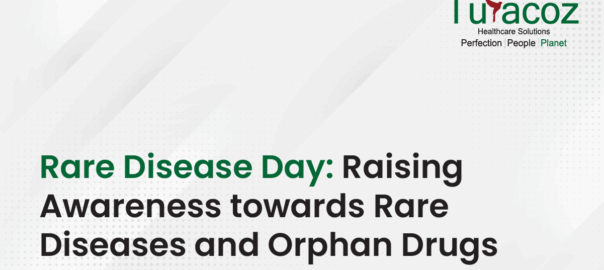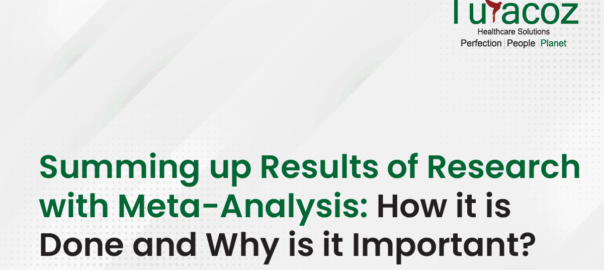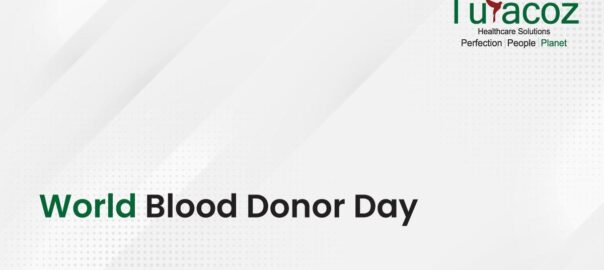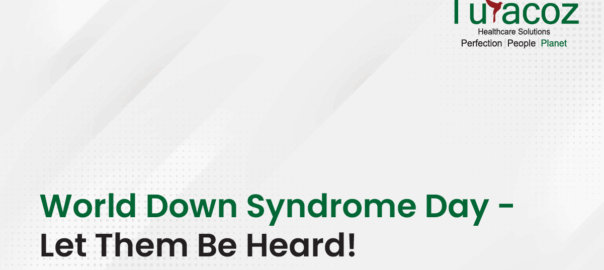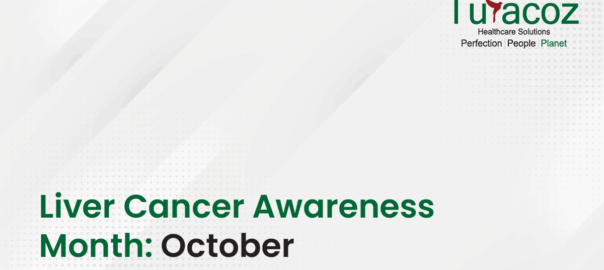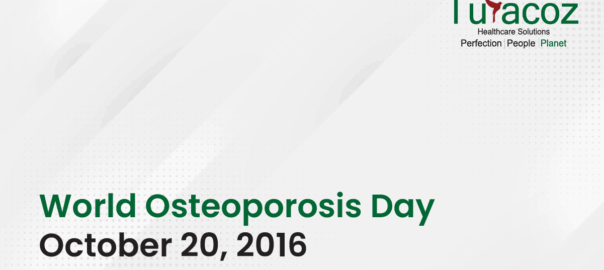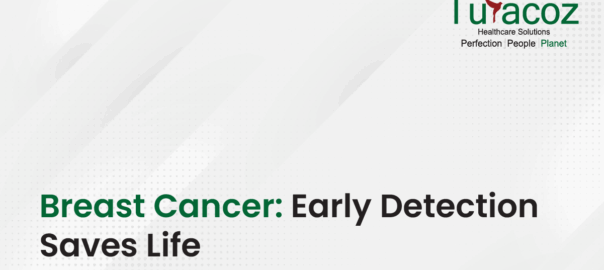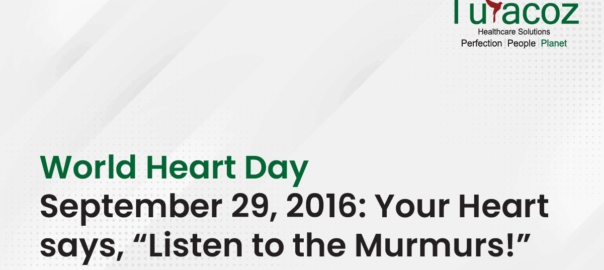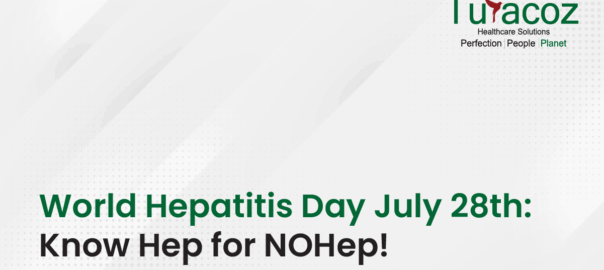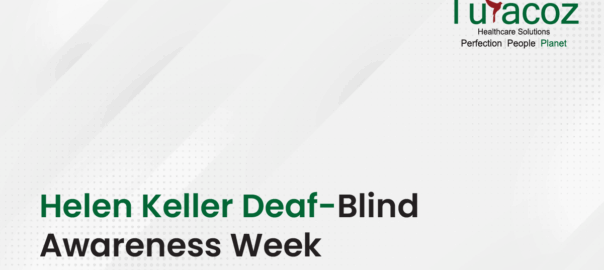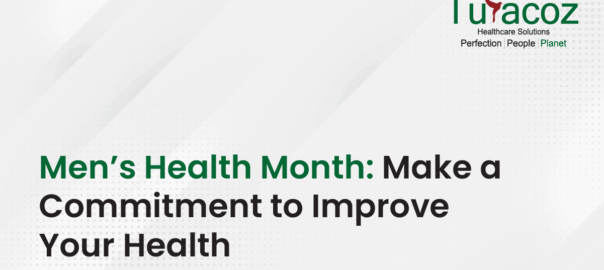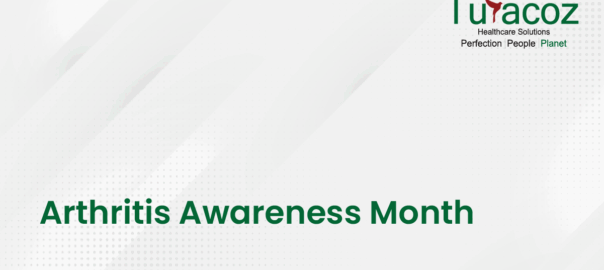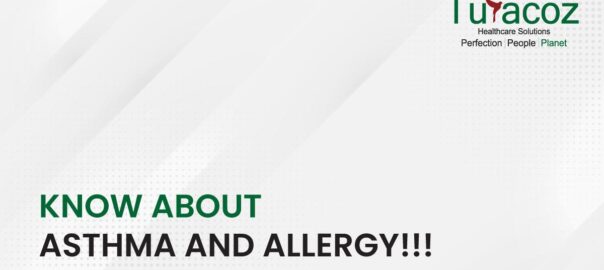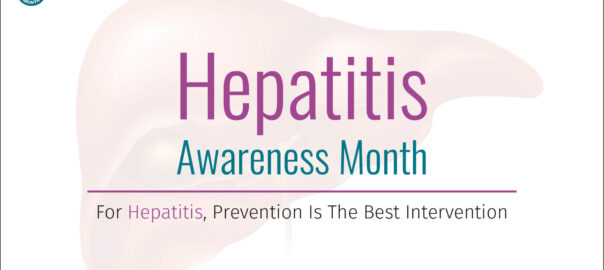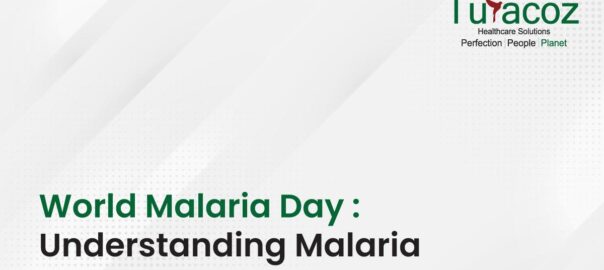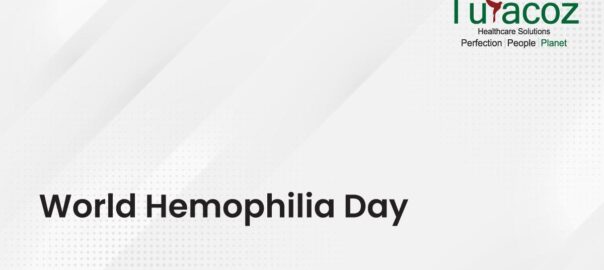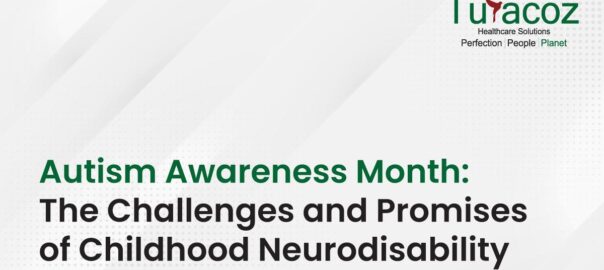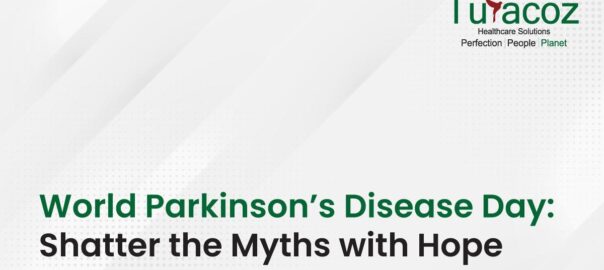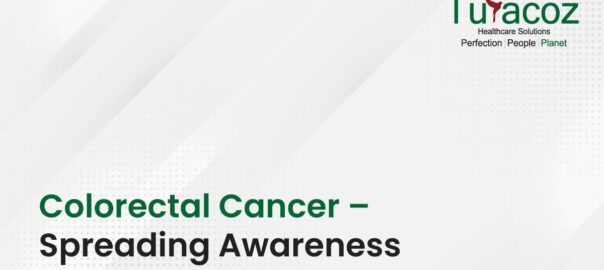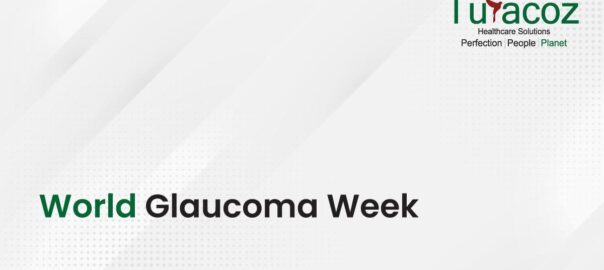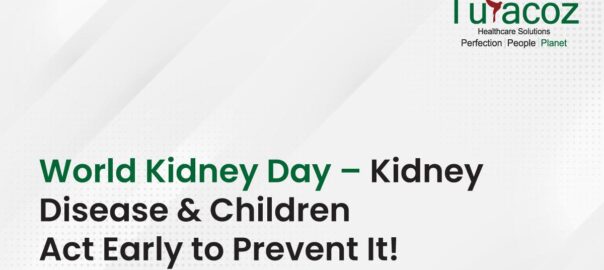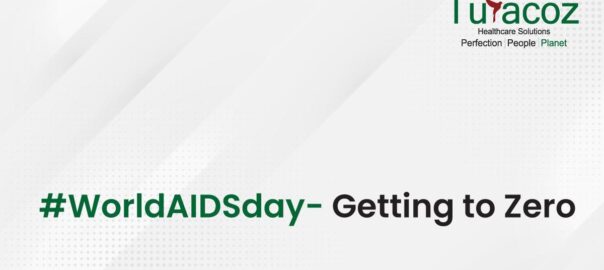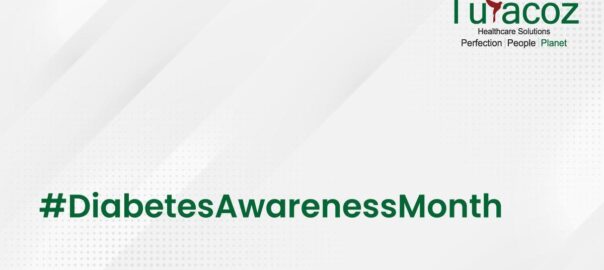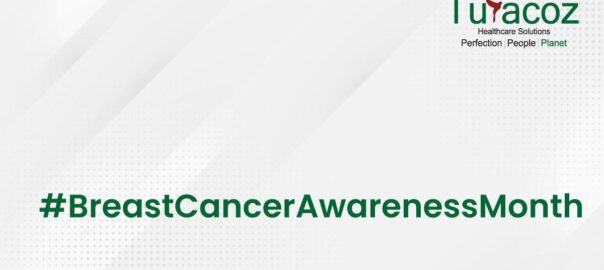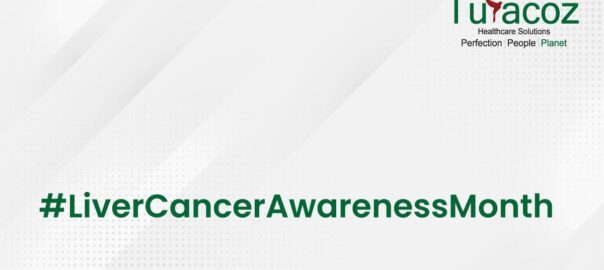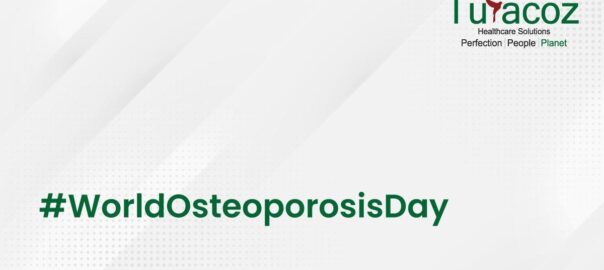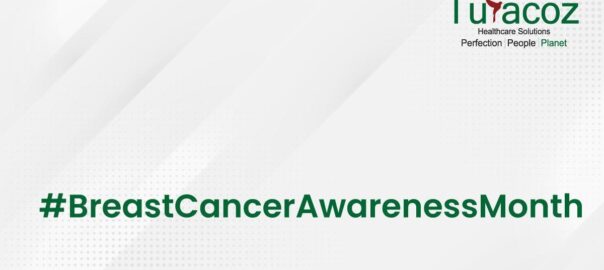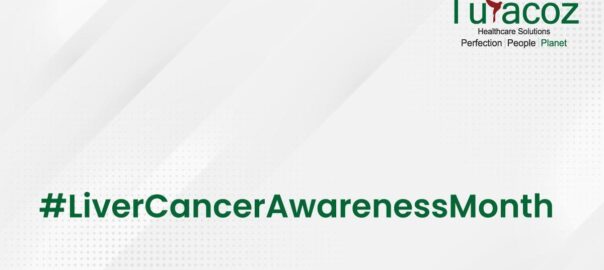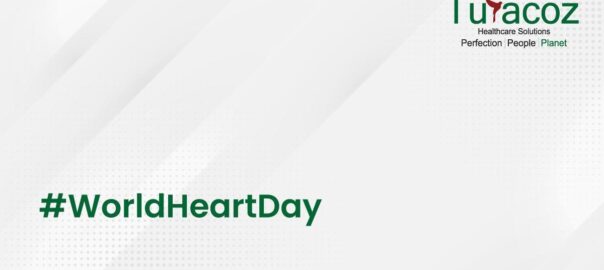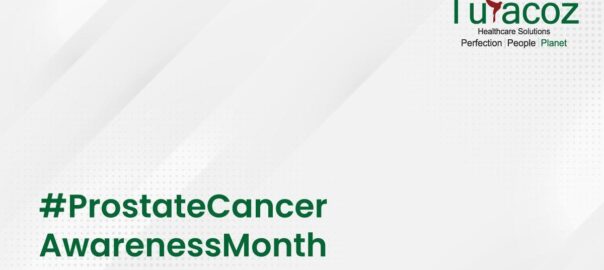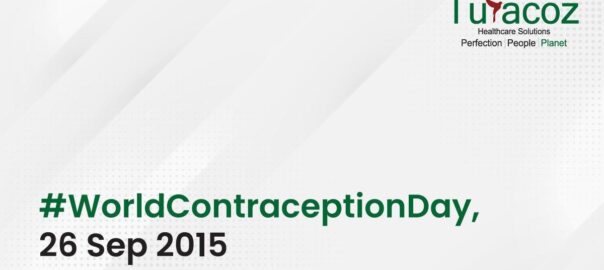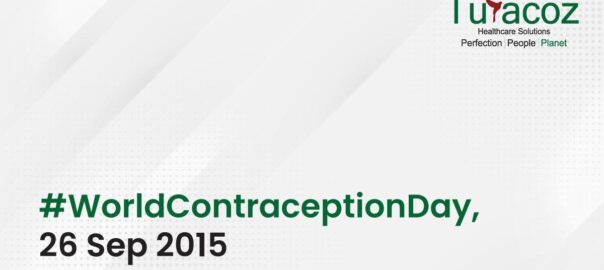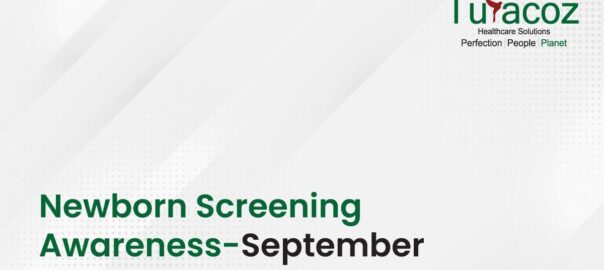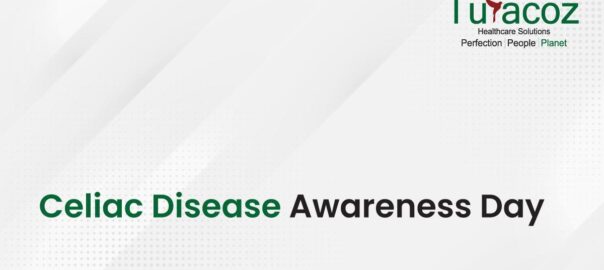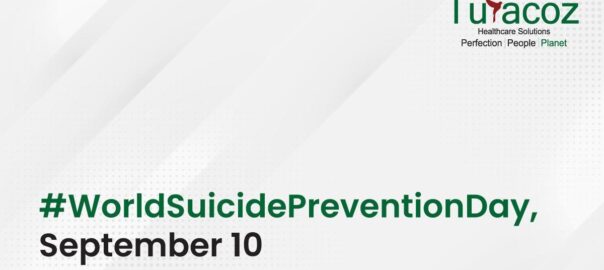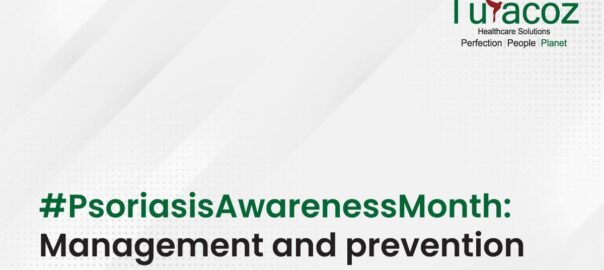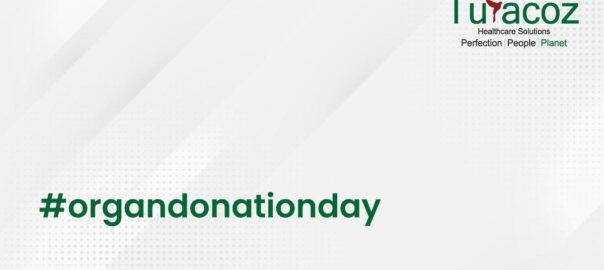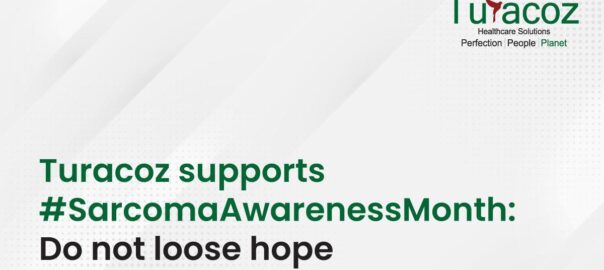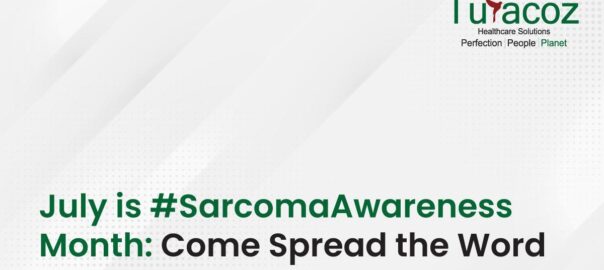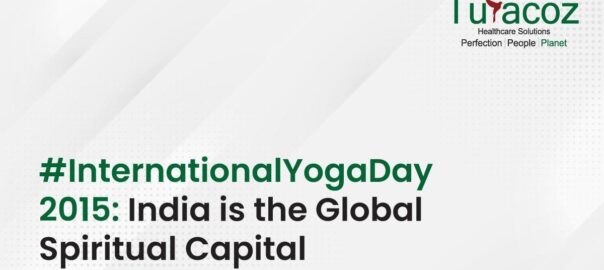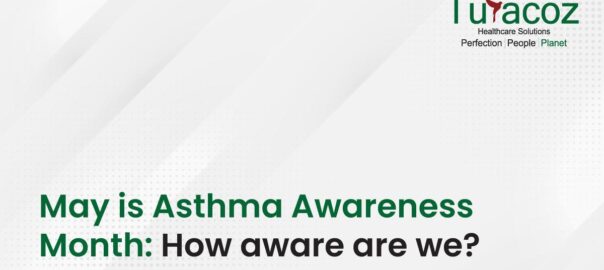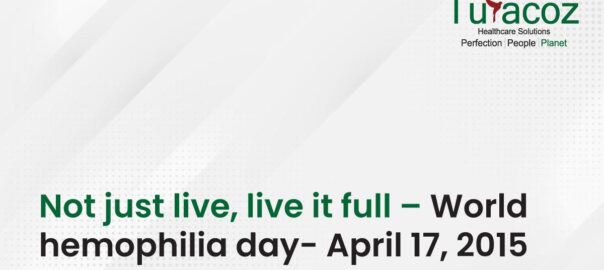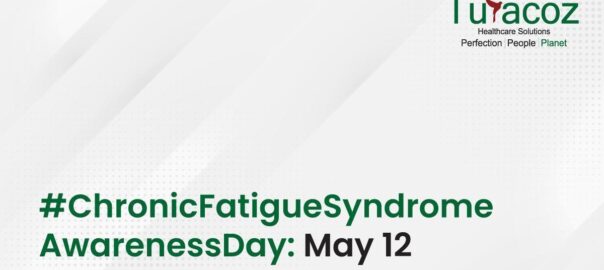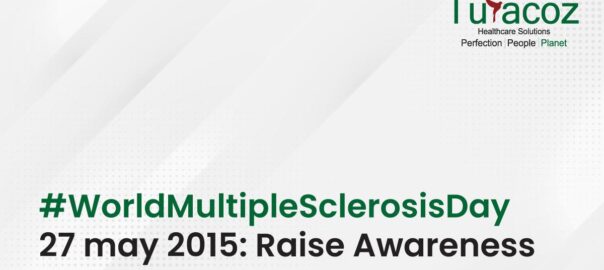Not everything sugar is good for you! The overdose of sweetness in your life can be fatal as the threat called ‘Diabetes’ is hovering over the head of millions of people around the globe. It has emerged as the leading cause of blindness, kidney failure and lower limb amputations, globally.
The worldwide commonness of diabetes among grown-ups of the age 18 years and above has ascended from 4.7% in 1980 to 8.5% out of 2014, i.e. 108 million to 422 million.
In 2016, an expected 1.6 million deaths were straightforwardly caused by diabetes. Another 2.2 million deaths were inferable from high blood glucose in 2012. As per WHO estimates, diabetes was the 7th prominent cause of deaths in 2016. Diabetes has been prevalent in the middle and low-income nations.
When talking about Asian countries, India accounts for the most number of diabetic people. As per WHO, India is on the top of the list of the countries with highest number of diabetic people. Currently India represents 49% of world’s diabetic population, with around 72 million cases in 2017 and this figure is expected to rise by more than double by the next decade.
A month dedicated to Diabetes:
The month of November is observed as Diabetes month and November 14th of every year is celebrated as World Diabetes Day in order to raise awareness about Type 1 and Type 2 diabetes, considering the gravity of the ailment.
The theme for the year 2018-2019 is “The Family and Diabetes”.
We all have come across a pink ribbon for breast cancer awareness, a red ribbon for AIDS awareness, etc. The World diabetes is denoted by a Big Blue O.
The blue colour is intended to summon the shade of the sky, and the circle is an image of solidarity. This symbol thus stands for “unite for diabetes”.
What is diabetes?
Diabetes is a critical, long lasting condition where your blood glucose level is extreme. It is chronic disease in which he pancreas either are unable to produce insulin or the body is not able to efficiently use the insulin formed.
Be it any type of diabetes, it holds one thing in common which is that they cause the patients to form extreme level of glucose (sugar) in their blood. It is true that the human body needs glucose as it is the source of energy but excessive formation of it is not good for the body.
Glucose is formed when our body breaks down the carbohydrates which we consume in form of solids or liquids and this glucose is then diffused to the blood. A hormone named ‘Insulin’, secreted by pancreas, helps the glucose in the blood to enter the cells and provide us energy.
A non-diabetic person’s pancreas realizes when the glucose enters the blood and eventually releases the right amount of insulin helping the glucose to enter the cells. This whole process doesn’t function properly in a person affected by diabetes.
The 2 main type of diabetes are: Type 1 and Type 2. They’re diverse conditions, yet they both are serious.
Type 1 and type 2 diabetes:
People with Type 1 diabetes are not capable of making insulin, but the case differs for the person with Type 2 diabetes. The person with latter form of diabetes has either insufficient amount of insulin produced, or the insulin formed doesn’t work effectively. Around 90-95% of a diabetic cases accounts for Type 2 diabetes.
In both types of diabetes, the glucose is unable to enter the cells and thus start accumulating into blood, causing various health issues such as heart problems, issues with eyesight, adverse effect on kidneys, etc.
Symptoms of Type 1 diabetes:
- Polyuria (increased frequency of urination)
- Feeling excessively thirsty (polydipsia)
- Frequent hunger
- Weight loss
- Changes in eyesight
- Tiredness
Symptoms of Type 2 diabetes:
These are almost similar to the Type 1 diabetes but may remain undiagnosed in initial or early stage and hence the complications arise.
Other rare types of diabetes are:
- Maturity onset diabetes of the young (MODY): A rare types of diabetes that runs in family and is caused by a change or mutation in a single gene. So if any parent has this mutation, there are 50% chances that their child will inherit it from them and even can develop it before the age of 25 irrespective of their weight, lifestyle, etc.
- Neonatal diabetes: It is spotted under the age of 6 months. In it the mutation of genes affects the insulin formation resulting in a high blood glucose level. Around 20% of people affected by this have developmental delay or epilepsy. It’s different from Type 1 diabetes on the point that Type 1 doesn’t affect a person below the age group of 6 months.
- Wolfram syndrome: A rare type of genetic disorder which is also acknowledged as DIDMOAD syndrome, pertaining to its 4 common features (Diabetes Insipidus, Diabetes Mellitus, Optic Atrophy & Deafness).
- Alstrom syndrome: It is also a rare genetically inherited condition which has features like Retinal decay, loss of hearing capacity, obesity, kidney failure, rheumatic problems, etc.
People suffering with Type 2 diabetes have quite a few issues when monitoring their health, like:
- Monitoring their blood sugar level at regular intervals, throughout the day.
- Consuming a diabetic-friendly diet
- Exercising on daily basis to stay fit and maintain weight.
- Taking the daily dose of medications.
- Frequently visiting the doctor for check-ups.
What makes this a tedious task is that only 1% of diabetic people’s time is spent under the guidance of a healthcare expert, rest 99% are managing it on their own. Self-management is the toughest form of management.
Adhering to a strict and healthy diet becomes quite a difficult task for people today, considering their hectic life schedule.
The most crucial aspect in case of diabetes is early diagnosis. The prediabetes is very important in determining the factors related to Type 2 diabetes. When talking about the challenges in diabetes diagnosis, the awareness of the disease is the most crucial part. The prediabetes stage is the phase when one needs to get alert in order to avoid further complications in diabetes and reach out for early and timely diagnosis.
What is prediabetes?
It is concerned with the pre-diagnosis of diabetes. It is basically a warning signal for a person whose blood sugar level is higher than normal. Though it is not considered as diabetes, but still implementing a healthy lifestyle from thereon can help reduce the risk of forming Type 2 diabetes later.
By adapting a healthy lifestyle, eating healthy and exercising daily and maintaining a healthy weight can prevent prediabetes from converting into diabetes.
Prediabetes strikes when your body starts encountering trouble with the use of insulin. It is yet not clear as to what causes the insulin process to go astray in some people.
Here are the risk factors that contribute to the development of prediabetes:
- Weight issues: Being overweight i.e. having a BMI more than 25 can result in prediabetes.
- Absence of exercise: Not doing any form of physical activity can result into mismanagement of weight and leading to problem like obesity which is the root cause of prediabetes.
- Family history: If someone in your close blood relation or a family member near to you has diabetes, then you are likely to develop it too, as it is hereditary in nature.
- Age: Getting older has its own set of cons and one such is the risk of developing diabetes. People with age 45 & above can expect to be at the risk of prediabetes and post 65, this risk increases even more.
- Other health issues: People with high blood pressure/hypertension are at the risk of getting type 2 diabetes.
- PCOS: In women, PCOS (Polycystic Ovarian Syndrome), wherein multiple cysts get formed into ovaries, increases the risk of developing prediabetes as one cause for these cysts can be insulin resistance.
- Gestational diabetes: If a woman has developed diabetes during the pregnancy, there are higher chances of developing prediabetes in the long run.
Challenges in health management during diabetes:
- Absence of disease arbitration for pre-diabetics: As per American Diabetes Association, the predominance of diabetes has hiked up by 40%, during the last decade. Without any mediation, these numbers will constantly rise in the coming years. 1 in every 3 adults is suffering from prediabetes, but dismally only 7-10% are informed of it. In the absence of intervention, around 30% of such people will fall prey to Type 2 diabetes in a time-span of 3 years.
- Cohesion with medication: Diabetic people juggle between the costs, avenues, competing arrangements and absence of awareness when they struggling to adhere to the medication.
- Expensive treatments: The treatment expenses for diabetes are really high. The minimum cost care is impediment, early diagnosis and treatment soon after to minimize the chances of any complications.
- Inclusion for meds and supplies associated with diabetes: The patients today bear a huge responsibility towards their healthcare costs. Along with the payment of rising insurance premiums, they also have to cope-up with the extra costs of co-pays, co-insurance, etc.
Every problem comes with a solution and so is the case with diabetes. Here are the solutions for the complexities of diabetes management:
- As mentioned, that early diagnosis is very crucial, staying alert and vigilant about the early symptoms is very important which helps in early detection of diabetes. Symptoms like excessive hunger and urination, excessive thirst, fatigueness, etc. are to be watched out for and in case of any doubt consulting with the physician will help in the diagnostics of prediabetes.
- A fasting plasma glucose test is used to detect diabetes (126 mg/dl & more) or prediabetes (100mg/dl-125mg/dl) and provides with the measurement of blood glucose, post eating for a minimum of 8 hours.
- Oral Glucose Tolerance is used to measure blood sugar, post 8 hours of eating anything and post 2 hours of drinking glucose drink. It tests diabetes (200mg/dl & above) and prediabetes (140mg/dl-199mg/dl).
- There is a random plasma glucose test which in conducted test blood sugar irrespective of when the food is consumed. With particular symptoms like excessive urination, hunger or thirst and weight loss, etc., values of 200mg/dl or more is tested.
Type 1 diabetes is diagnosed earlier as compared to Type 2 diabetes as the symptoms are quite evident and it requires immediate medical care. In case of Type 2 diabetes, the symptoms are too mild to be detected early and can go unnoticed for 7-10 years, inviting more complications and greater health risks.
Now it is about the lifestyle choices that you make. The sedentary lifestyle which people lead today has given birth to various health issues, diabetes being the main. Try to live a more active and healthy lifestyle to prevent yourself against this disease. Healthy eating and healthy living is the key to a healthy life. Being aware regarding the disease can help reduce the risk of its development.
Turacoz Healthcare Solutions-a medical communications company, understands the complexity of diabetes and acknowledges that the hectic schedule of the corporate has fuelled the condition. Turacoz practices a healthy working style for its employees. Practicing desktop yoga, eating healthy and taking breaks in-between work is the culture practiced here. Turacoz values its employees and understands the fact that ‘health is wealth’ and is constantly working towards making work-life healthier for the employees and practicing a active and healthy living style.
Turacoz follows a ‘NO-STRESS’ policy for its employees and believes in keeping the work environment friendly and healthier to avoid any work or workstation related stress and pressure, as stress is also a key factor in triggering diabetes among people.
“Healthy living, healthy eating and healthy working are the mantra for Turacoz Healthcare Solutions”.
